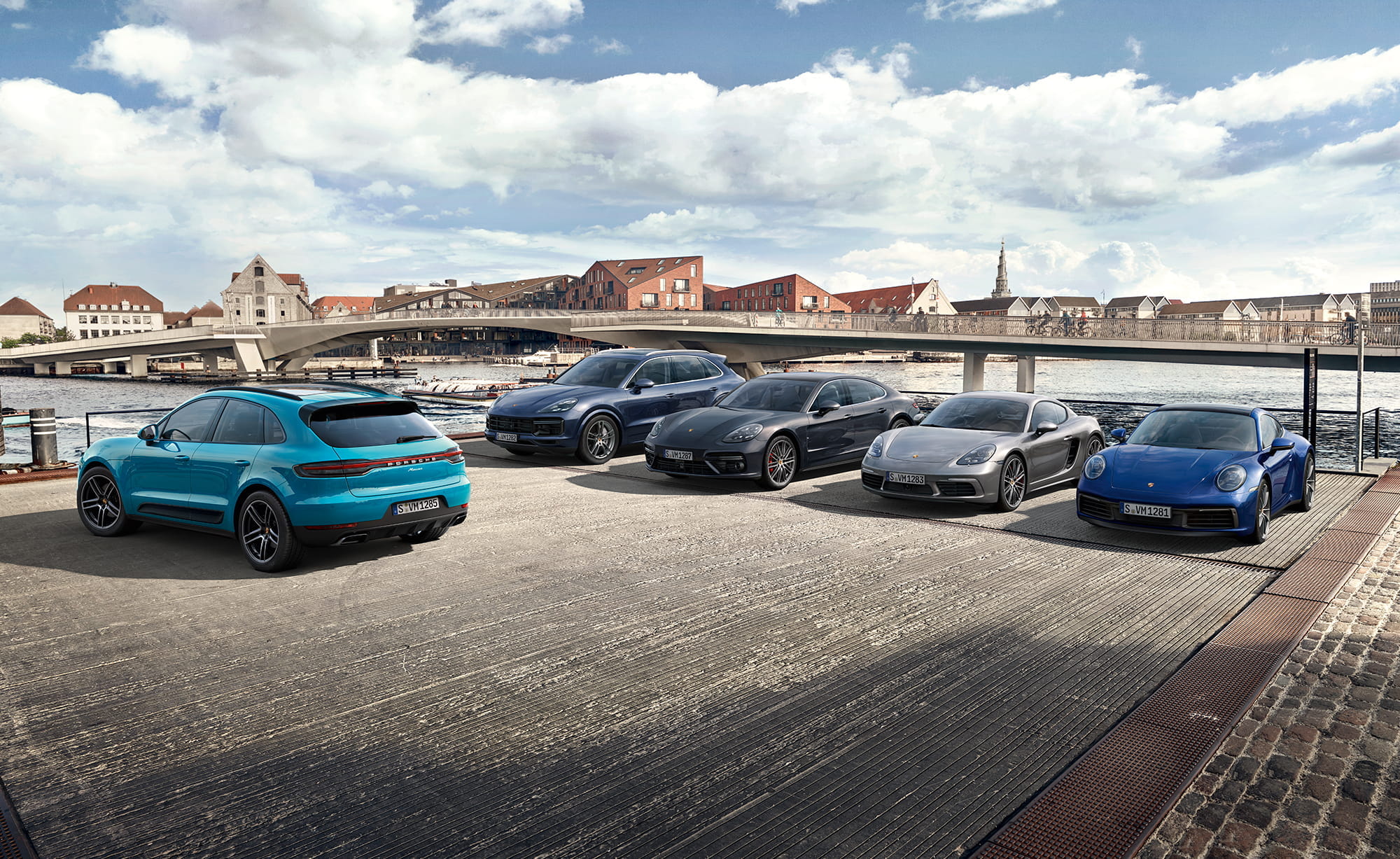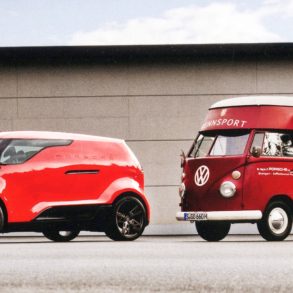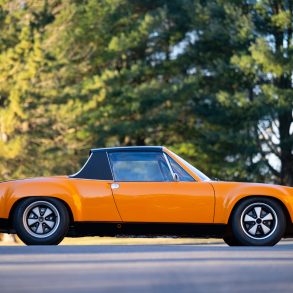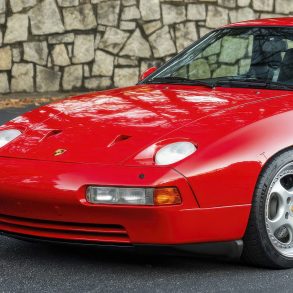Porsche is a leading brand as far as performance vehicles are concerned. The German carmaker has, over the years, forged an iron-clad reputation for reliability, style and performance and owning a Porsche is on the bucket list of many car enthusiasts. Brand-new Porsches do not come cheap, but then there’s the used Porsche market which provides a less expensive gateway to the world of high-quality-performance motoring.
However, buying a used Porsche can be a tricky business. Remember: any high-performance car has the additional risk of being worse for wear, especially if its owners fail to maintain it. But just because a Porsche has had issues in the past doesn’t mean your Porsche is a lemon; it simply means that the car may need a bit more love to get back to fighting form.
Here, we spotlight ten things to consider before buying a used Porsche. It is by no means a comprehensive list but being aware of these items can put the prospective buyer in a great position during the negotiation process. Also, for this list, we did not consider classic Porsche models as they often require a specialized checklist, given their age and the fact that their mechanical framework is often significantly different from their modern counterparts.
Porsche Communication Management (PCM) Issues
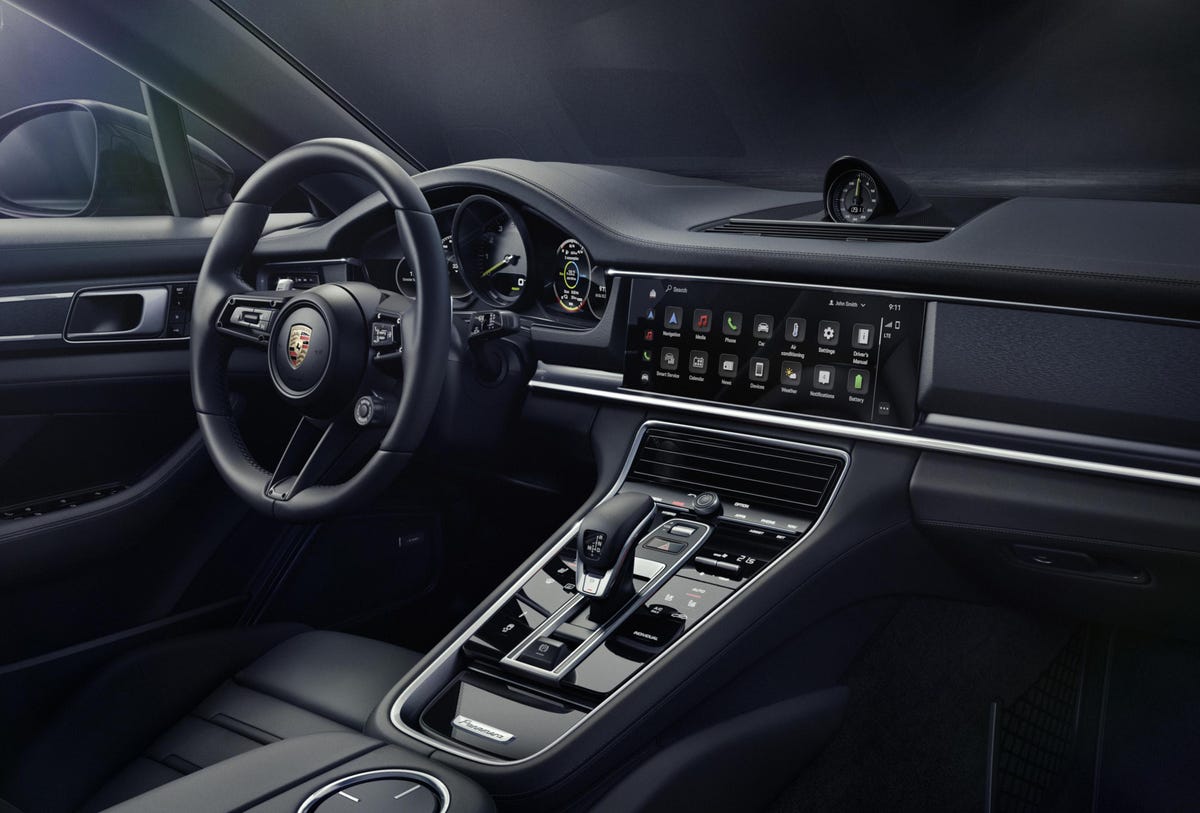
Porsche Communication Management (PCM) is the central control unit for the vehicle’s infotainment system. It features a large, high-resolution screen mounted on the dashboard to allow for convenient operation. Porsche keeps the PCM refreshed with regular updates that introduce new features and expanded functionality. The PCM should be checked for any signs of malfunction. Tell-tale signs include constant system reboots, loading the wrong language, and navigation glitches. Most of these issues are easily rectified. However, it is important to be aware of them as they could be indicative of a more significant underlying problem.
Porsche PDK Issues
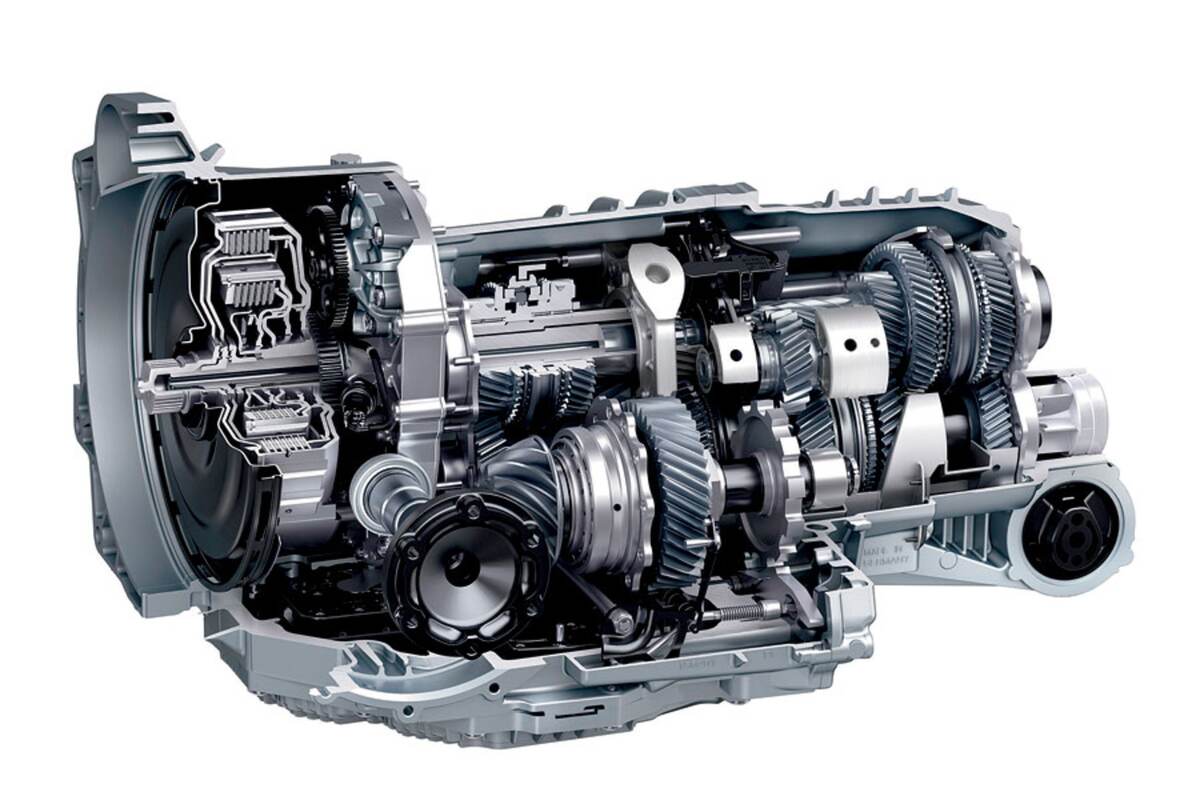
Porsche is famous for its PDK transmission. PDK is short for Porsche-Doppelkupplungsgetriebe, which simply translates to Porsche dual-clutch transmission in English. It was first used in 2009 and is now present on most of the carmaker’s offerings. They are known for their reliability but should still be checked before buying a used Porsche. Common problems, especially on earlier models, include a shuddering sensation when changing gears, hard shifting, noisy gear changes and overheating. You should watch out for these issues while test-driving the Porsche, preferably accompanied by an experienced auto technician.
Carbon Fibre Condition and Overall Porsche Appearance
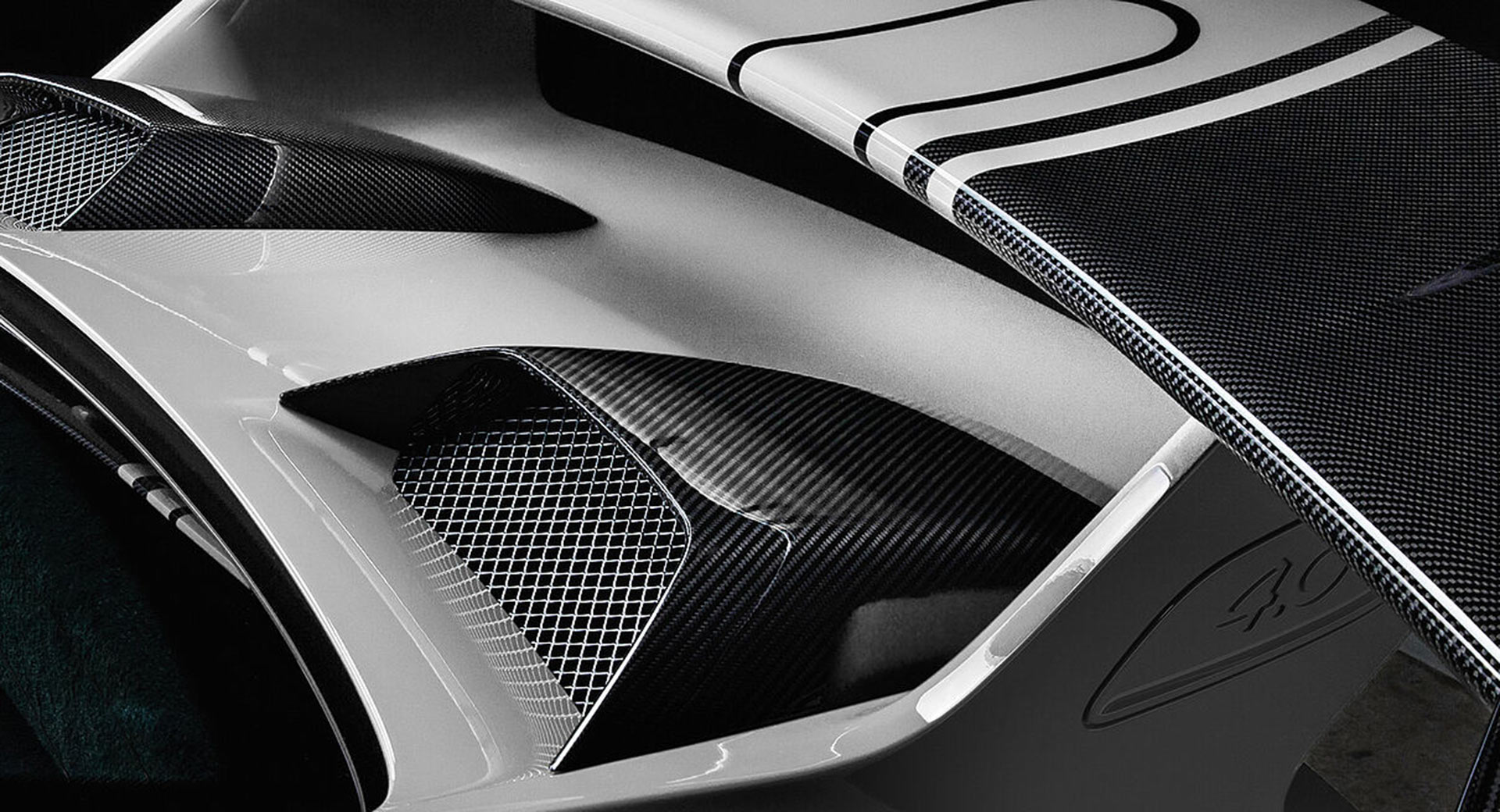
Many Porsches, especially higher-end trims, come with carbon fibre bits to enhance performance or improve the car’s aesthetics. It can be expensive and difficult to replace, so the prospective buyer should check the vehicle first to identify the carbon-fibre parts and, second, to ascertain their condition. Watch out for scuff marks or cracks, especially around the bumpers, side mirrors, spoilers, etc. It is also important to check the car’s overall paintwork, keeping an eye out for mismatched colour shades, scratches and chips.
Service Records
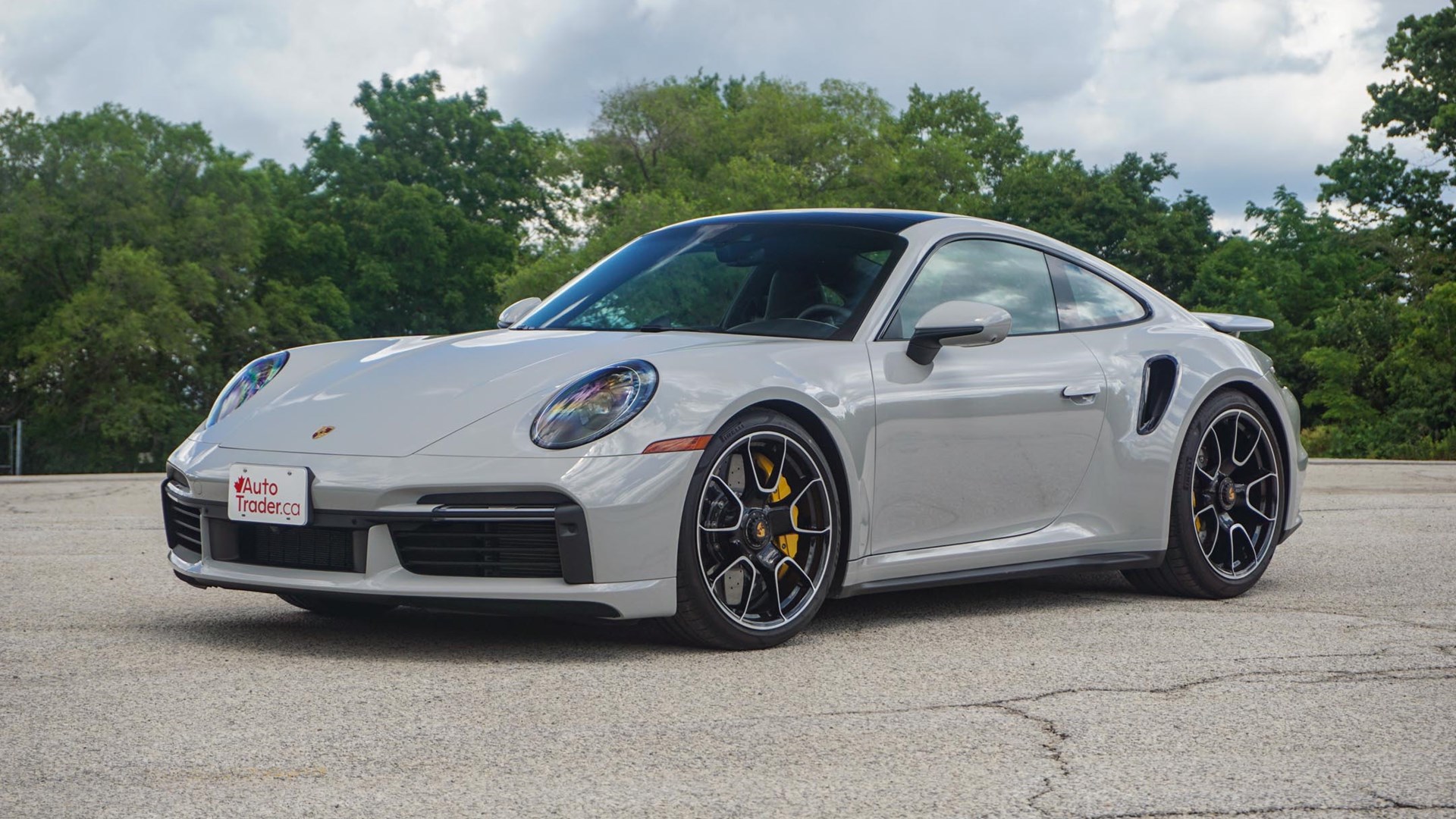
Walk away if the used Porsche you want to buy lacks a detailed service history. It’s just not worth the risk. Comprehensive service records provide valuable insight into issues such as the workshop used by the previous owner, frequency of maintenance and repairs that have been carried out on the vehicle. Make sure you review the service records with an experienced auto mechanic to determine the overall condition of the Porsche before flashing your wallet.
Car History
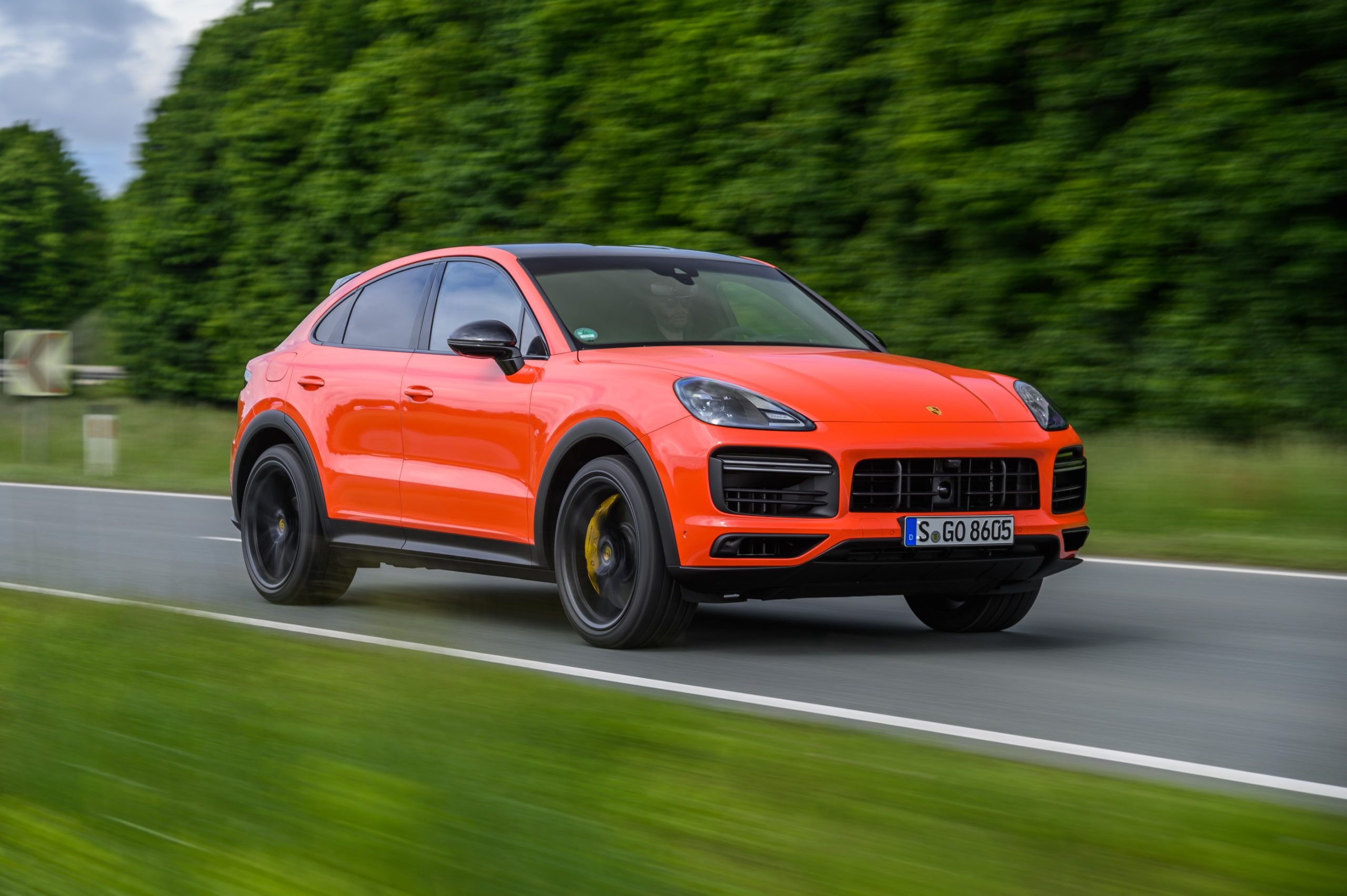
The vehicle history is just as important as the service records as it can reveal a lot of important information about the car. A vehicle history report typically contains data supplied by several federal, state and local municipalities and other non-governmental bodies like auction houses and body repair shops. The vehicle history will reveal if the Porsche has been involved in an accident or has been rebuilt. It can also be used to verify the actual mileage and vehicle’s title status. Vehicle history reports are not free in most cases, but that extra spend might be the difference between getting a great Porsche or ending up with a lemon.
Don’t Forget The Brakes
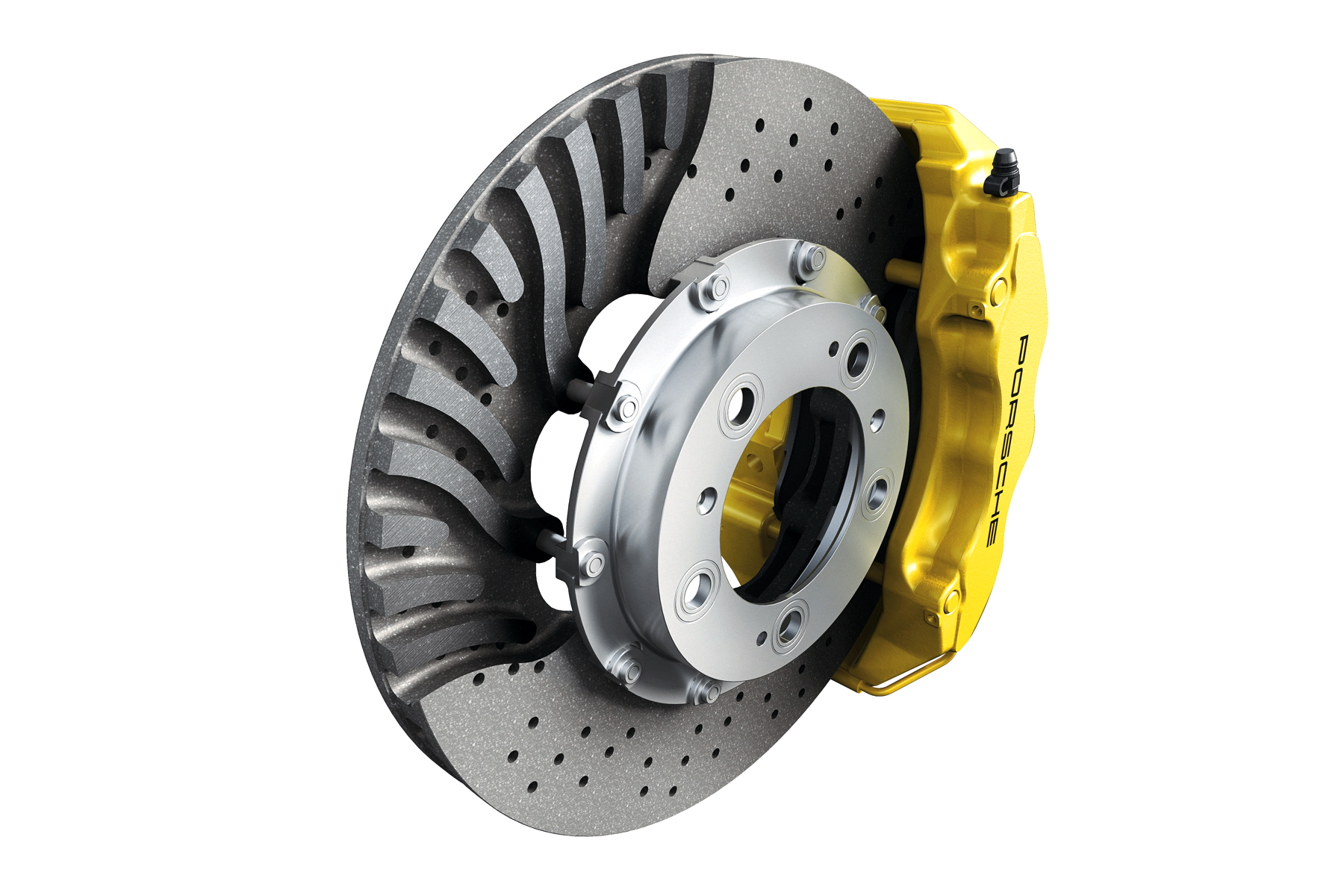
Some Porsche models are fitted with Porsche Ceramic Composite Brakes (PCCB) either as a standard or an upgrade option. PCCB brake rotors can last up to 100,000 miles but are also rather expensive to replace compared to the other Porsche options. Swapping out a full set of PCCBs replacement can cost up to $10,000 or more. In any case, you will need to ascertain the condition of the brakes, whatever brake setup your target Porsche vehicle has. This will give you an idea of future maintenance bills and can also place you in a stronger negotiating position for a favourable deal.
The Tires Are Important Too
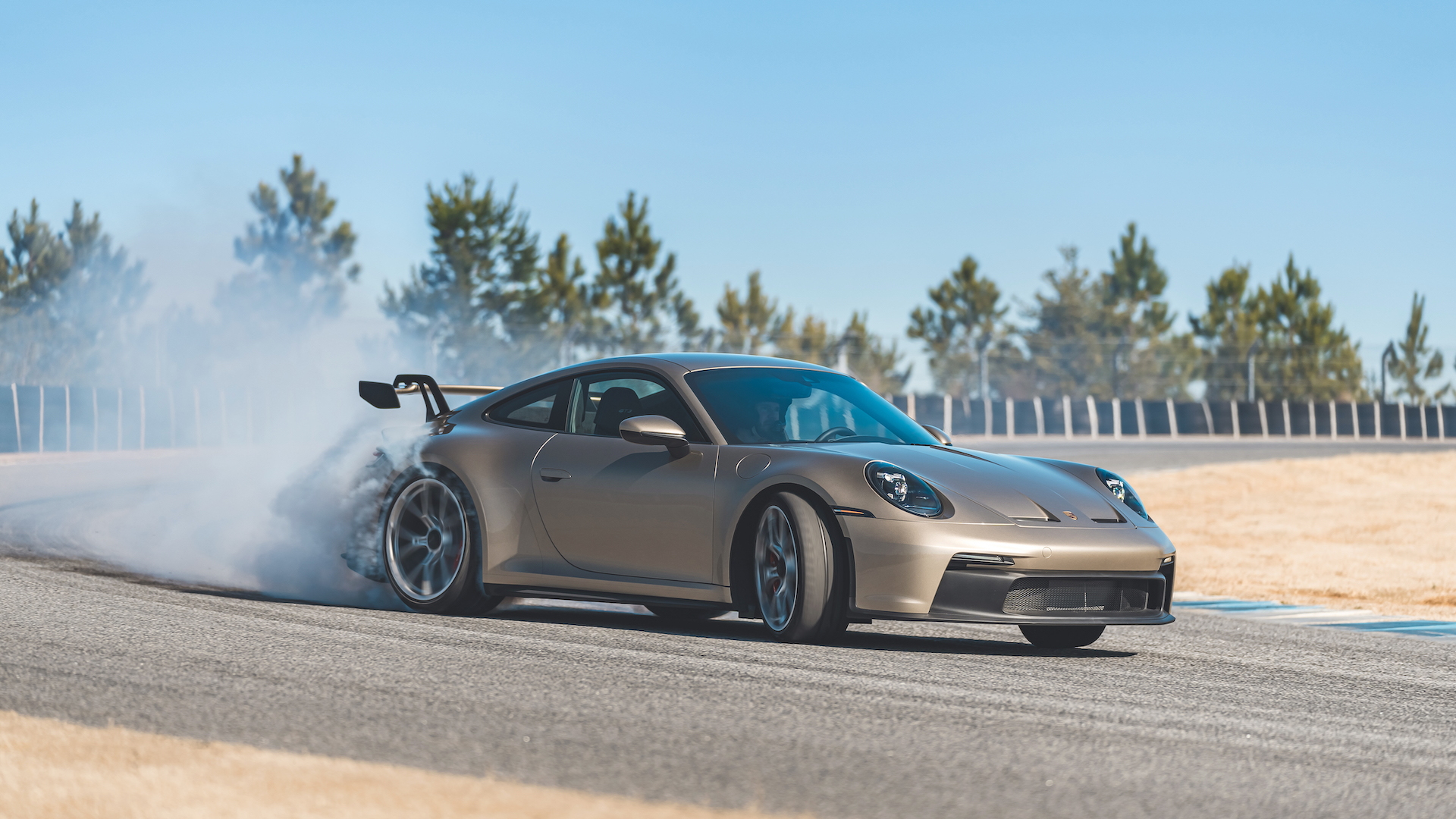
Porsches are, by nature, performance machines meant to be driven hard, and the tires usually bear the brunt of it. It is crucial to check the condition of the tires during the pre-purchase inspection. Porsche recommends N-Spec tires for its vehicles. It is a designation reserved for tires that have passed all of Porsche’s stringent tests and have consequently been approved for use. In addition, the tire walls and tread depth should also be examined for signs of excessive wear or damage. Note the conditions of the wheels, too; dings along the rim not only constitute a safety hazard but can also drastically reduce tire lifespan.
Price
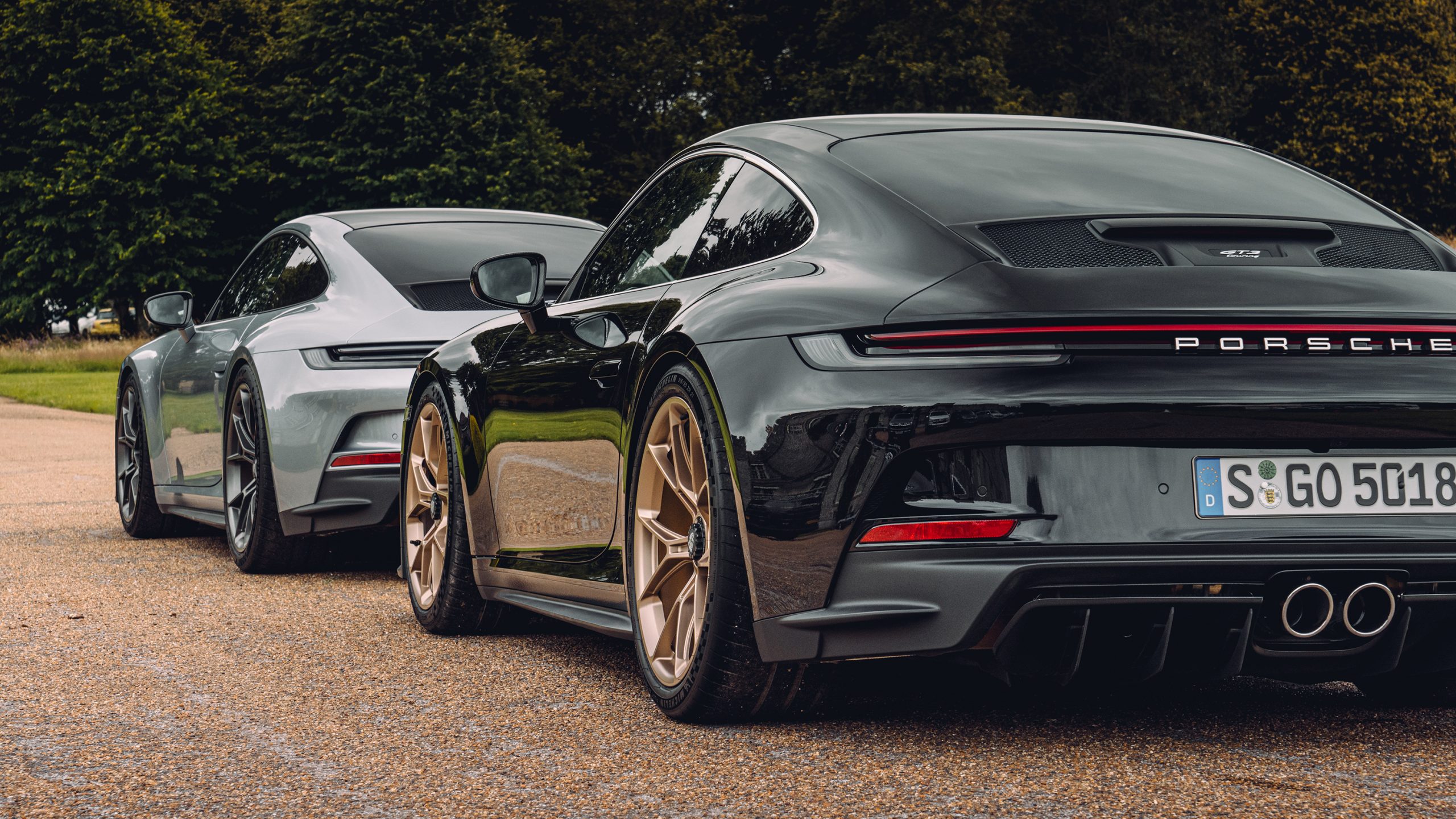
Yes, the price of your prospective Porsche purchase is important and is one of the things you should look out for before finalizing your decision to buy. Red flags should go up if the price is significantly lower than similar models in the same geographical area. It could be a sign that there are hidden defects that the owner is just trying to transfer to an unsuspecting buyer. Refuse to be lured in by a cheap price tag. Carry out proper due diligence, comparing prices from different sources before signing the purchase agreement.
Colour of the Exhaust Smoke
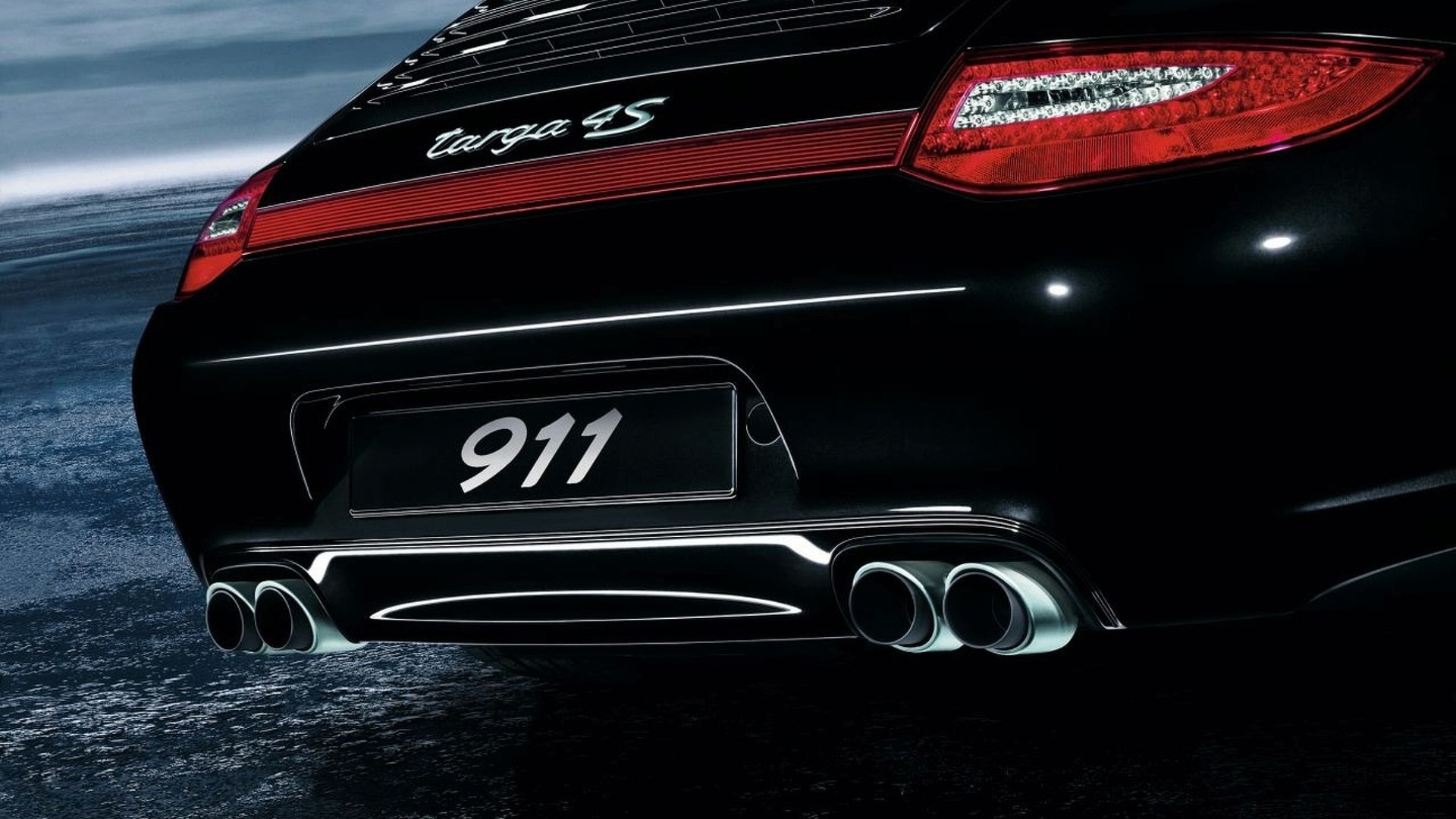
The colour of the exhaust smoke can reveal a lot about the condition of the Porsche. It is normal to have a little smoke upon startup, but excessive gray smoke from the exhaust can be indicative of a faulty oil separator. Thick white smoke probably means the engine is burning up coolant, a potentially serious issue that can point to a blown head gasket, a cracked engine block or a damaged cylinder head. Broken valve guide seals or worn piston rings can allow oil to leak into the engine’s combustion chamber, leading to blue exhaust smoke on startup.
Colour
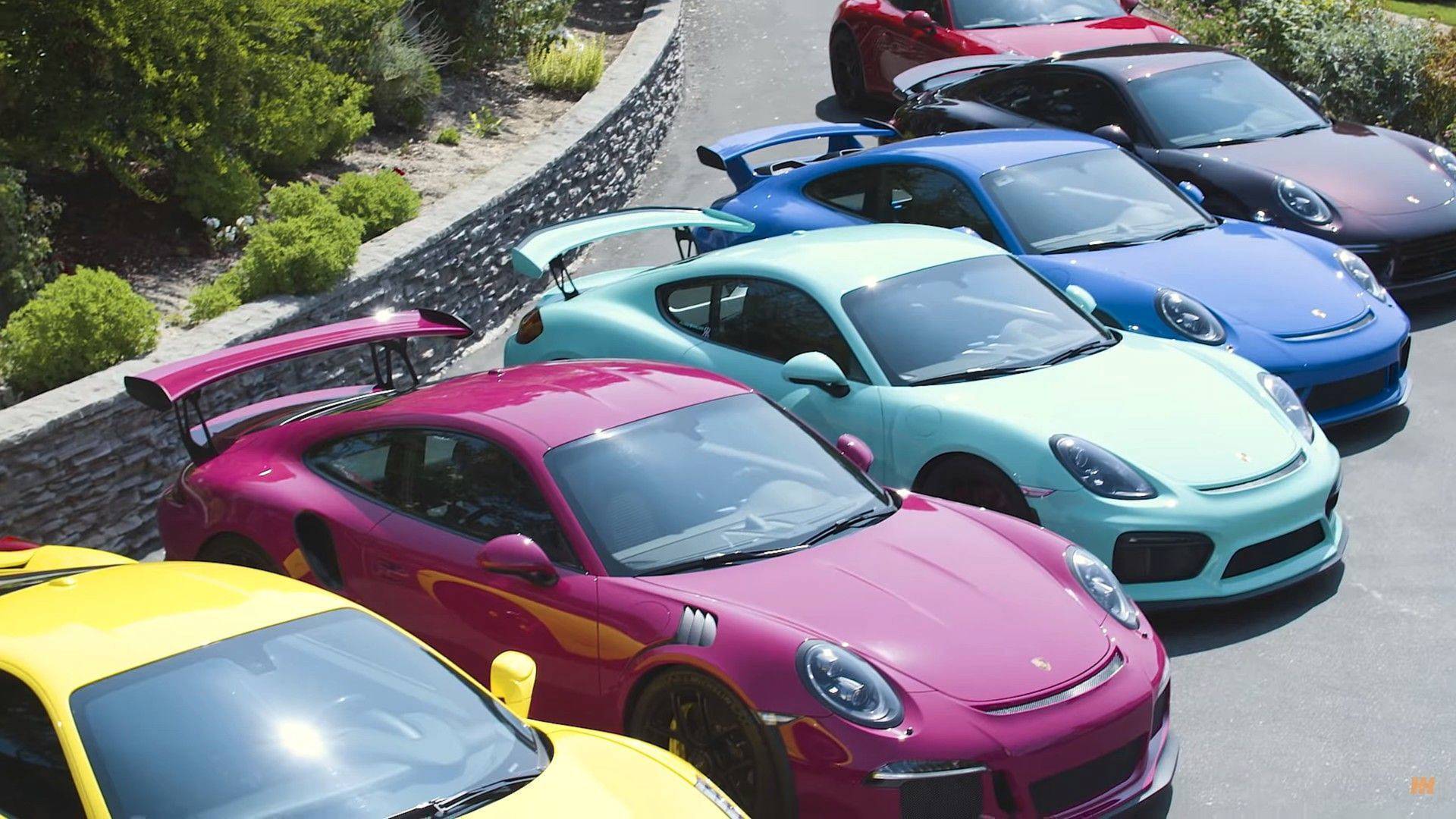
According to Axalta, a liquid and powder automotive coatings supplier, colour is a key factor in up to 88% of vehicle purchasing decisions. The company arrived at this conclusion after sampling more than 4,000 participants drawn from four of the largest vehicle-producing countries – China, the United States, Germany and Mexico. The choice of a particular Porsche will often come down to two major thought patterns. A buyer concerned about resale value will often consider mainstream Porsche colours like red, black or yellow. In other cases, the potential customer is driven by sentimental reasons toward a particular colour option, which means resale considerations carry little weight.


